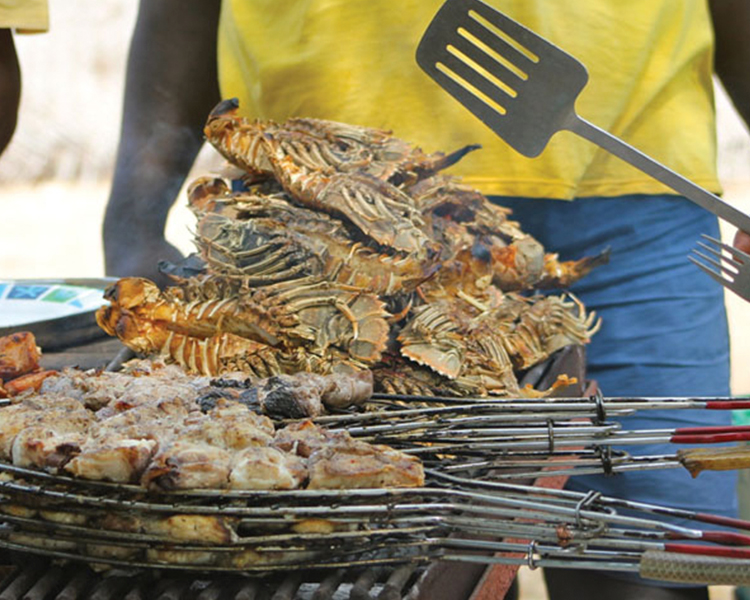Who are we?
It was established in 2020 to specialize in holiday adventures on Zanzibar.
We are based on the island of Zanzibar and our office is situated at Sokomuhogo street in the heart of Stone Town. Our tours and transfers are provided only on private basis and are led by professional, registered guides and drivers who are well trained, friendly, helpful and keen to fulfill our guest’s needs.
Here at Ndonga Adventures we provide multilingual English and Russia speaking tour guides.
Tailor Made Tour.
We make your dream tour come to life.
24/7 Reponse time
We make sure your we repond in timely manner.
Top Class Safaris
Ultimate Safaris in Zanzibar and Main Land Tanzania.
Seamless Booking
We make your tour booking experience the best.
Our Excursions
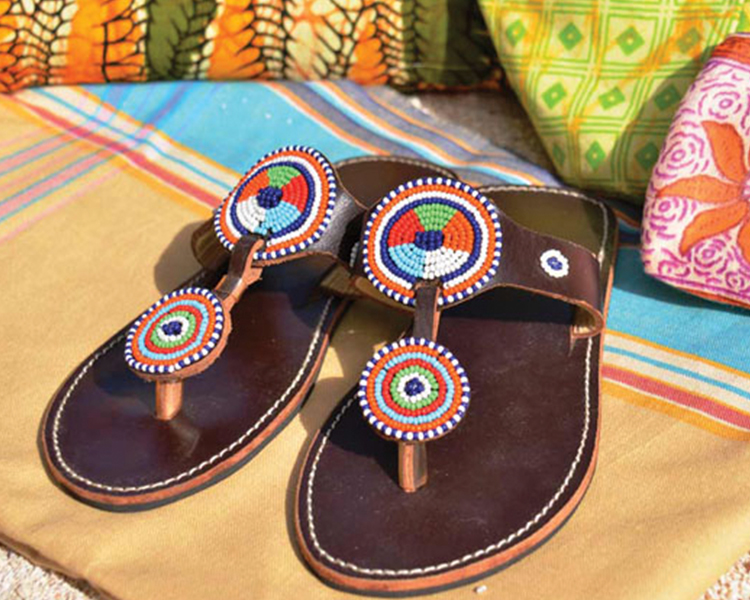
Stone Town Tour
Town Market, Slave Market, Slave Chambers, National Museum of Zanzibar, High Court Building, Old German Consulate, Africa House...
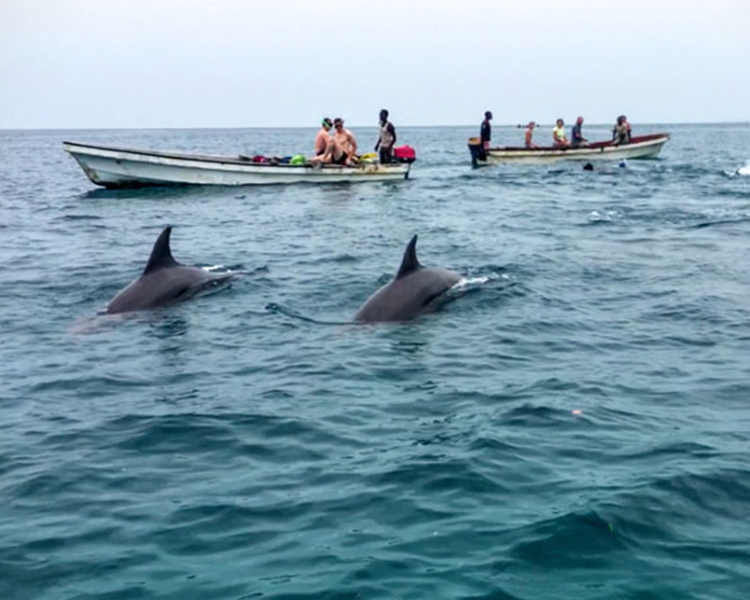
Kizimkazi Dolphin Tour
Dolphin Tour is half-day tour that takes place on southern part of Menay Bay conservation area, the bay is a home for bottle-no...
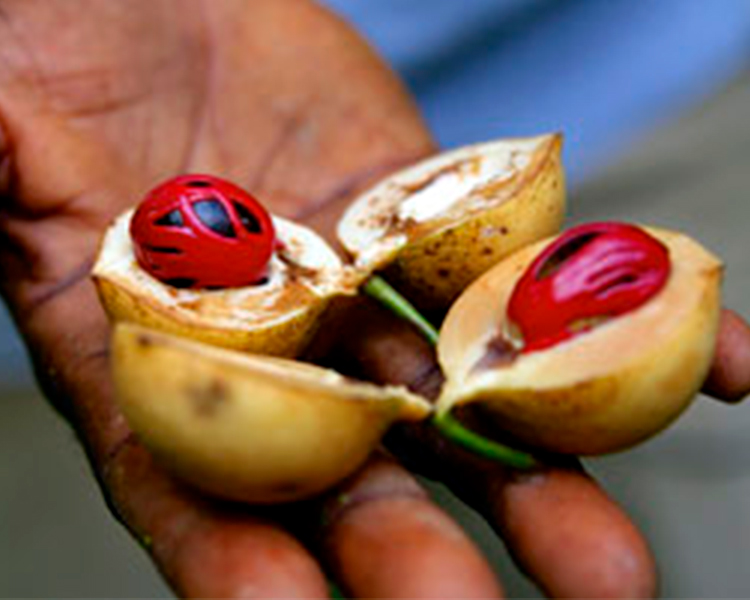
Spice Tour
Tropical fruits, Spices and other rare species of other plants are among the different vegetation to be seen on this guided tou...
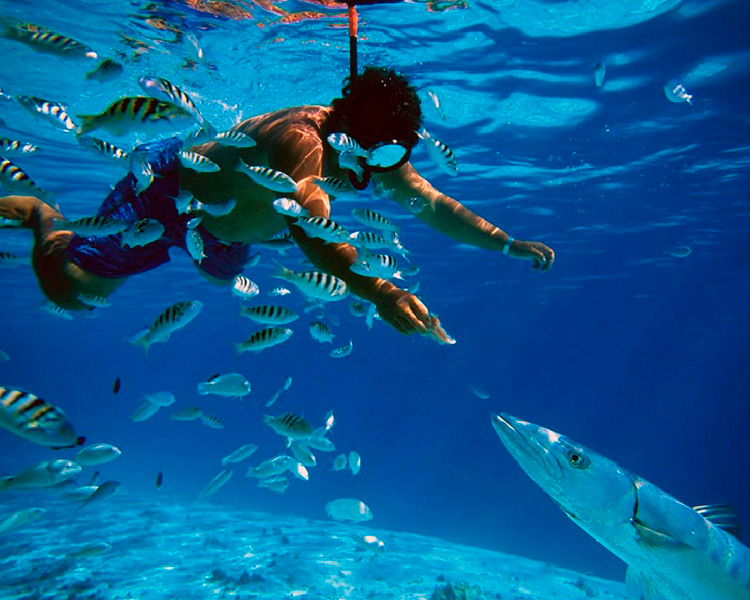
Mnemba-snorkeling.
snorkeling . Miss not to explore and prove our richness in natural attractions as we confidently proud of our stunning natural ...
Features

Zanzibar
Such an Amazing Island with plenty of beauty to explores.
Zanzibar Island is a green paradise in the Indian Ocean, full of surprises and mysteries. The locals call it Unguja. Zanzibar is 83 km long and 37 km wide. The west coast is covered by a group of small islands. The largest of them is Tumbatu. Under water near the coast are large meadows of seaweed and coral reefs.. Read More

Tanzania
Get to know about Tanzania Main land and all tour site found in the country.
For those who have not yet woken up, I remind you: you are in Tanzania, the largest state in East Africa. This is an amazing country: nowhere else in the world you will find such an amazing combination of rich history, pristine nature, hospitable people and amazing wildlife. Tanzania - from this.. Read More
Our Safaris
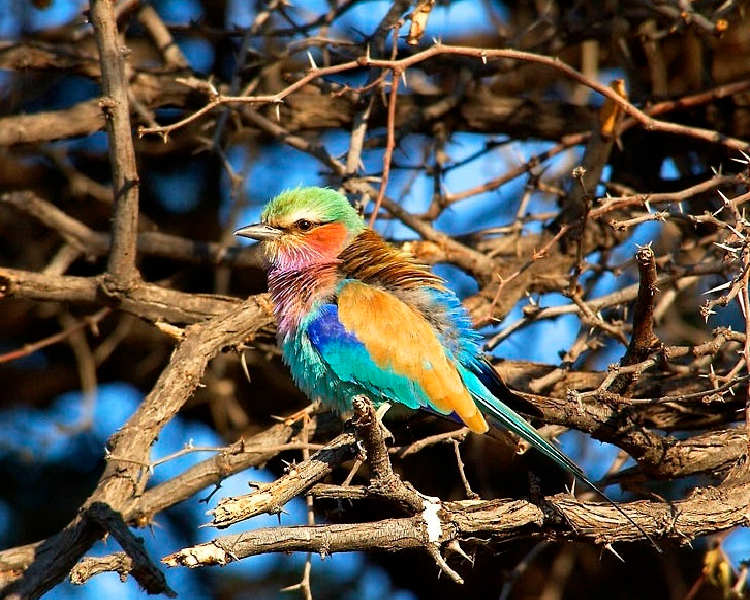
Mikumi National Park
Mikumi forms the northern border of the Selous Game Reserve, and is one of the most accessible of the Tanzanian national parks....
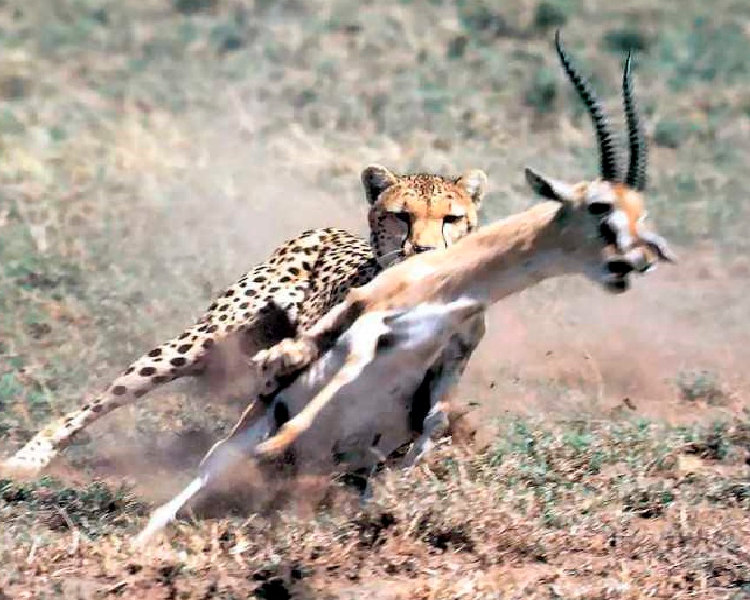
Serengeti National Park
A million wildebees... each one driven by the same ancient rhythm, fulfilling its instinctive role in the inescapable cycle of ...
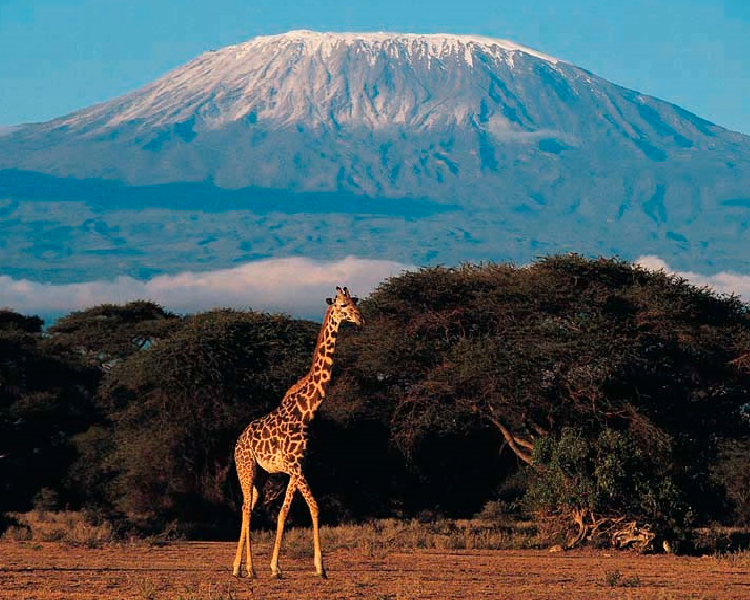
Kilimanjaro National Park
Mount Kilimanjaro is the is the highest mountain in Tanzania, the highest mountain in Africa, and the highest free-standing mou...
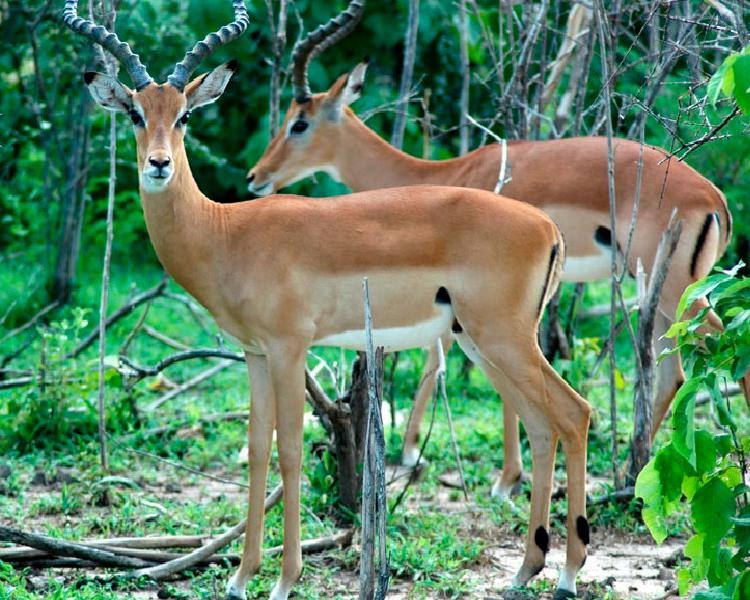
Selous Game Reserve
The Selous Game Reserve is the largest game reserve in Africa (50,000 sq.km) and one of the largest in the world. This was Coas...
Zanzibar Packages
Check out some of our top tier Safari Packages
Safari Packages
Check out some of our top tier Safari packages
Selous Nature Reserve
More DetailsTarangire, Serengeti, Ngorongoro Safari
More DetailsMikumi National Park
More DetailsReviews
Check out some of our clients reviews

Isaya Eli
Tanzania
I had an absolutely thrilling experience with this adventure company! From the moment we set foot on the trail, everything was organized to perfection. The guides were not only knowledgeable but also

Jane Doe
France
My recent adventure with this company exceeded all expectations! The team's attention to detail was impressive, ensuring we had everything we needed for our journey into the wilderness. The activities

Happy Deus
Tanzania
Comments nice we had nice adventure with Ndonga Adventures in Mikumi national park, we really enjoyed the trip. many thanks to them,
Contact
Get in touch with us 24/7
Our Address
Sokomuhogo Street - Zanzibar
Email Us
info@ndongaadventures.co.tz
Call Us
+255 713 181 129 / +255 776 667 079






